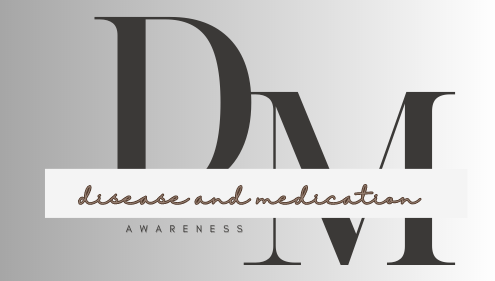What is Pathology?
Introduction
Pathology serves as a cornerstone of medical diagnosis and treatment by providing crucial insights into the underlying mechanisms of diseases.
Welcome to the world of pathology, where the intricate workings of diseases are unraveled through meticulous examination and analysis. Pathology, derived from the Greek words “pathos” meaning suffering, and “logos,” meaning study, pathology is the study of disease. It’s essentially the bridge between science and medicine, helping us understand the causes, processes, and effects of diseases. It encompasses a broad spectrum of medical disciplines aimed at understanding the nature, causes, and effects of diseases.
Different areas of Pathology
It encompasses several specialized fields, including anatomical pathology, clinical pathology, and molecular pathology, each focusing on distinct aspects of disease pathology.
- Anatomical Pathology:
Anatomical pathology involves the examination of tissue specimens obtained through biopsies, surgeries, or autopsies to diagnose diseases. Pathologists analyze cellular and tissue structures under a microscope, identifying abnormalities indicative of various conditions such as oncologic disease, Infectious disease, and autoimmune disorders.
- Clinical Pathology:
Clinical pathology, also known as laboratory medicine, encompasses the analysis of bodily fluids, such as blood, urine, and cerebrospinal fluid, to diagnose and monitor diseases. This discipline utilizes advanced laboratory techniques to assess biochemical, hematological, and immunological parameters, aiding in the detection and management of diverse medical conditions.
- Molecular Pathology:
Molecular pathology focuses on the genetic and molecular mechanisms underlying diseases, exploring the role of genes, proteins, and other biomarkers in disease development and progression. Through techniques like polymerase chain reaction (PCR) and next-generation sequencing (NGS), molecular pathologists decipher the molecular signatures of diseases, enabling personalized treatment approaches and targeted therapies.

Diagnostic Techniques in Pathology
Pathologists employ a myriad of diagnostic techniques to elucidate the nature and extent of diseases, facilitating accurate diagnosis and prognostication. These techniques include:
- Histopathology: Examination of tissue specimens under a microscope to assess cellular morphology and identify pathological changes.
- Cytopathology: Evaluation of cellular samples obtained through methods like fine-needle aspiration or Pap smears to diagnose conditions such as cancer and infections.
- Immunohistochemistry: Utilization of antibodies to detect specific proteins within tissue sections, aiding in the characterization of tumors and other pathological conditions.
- Molecular Testing: Analysis of genetic mutations, chromosomal abnormalities, and biomarker expression patterns to guide targeted therapy selection and prognosis assessment.
Pathology serves as a fundamental pillar of modern medicine, providing invaluable insights into the mechanisms, diagnosis, and management of diseases.
